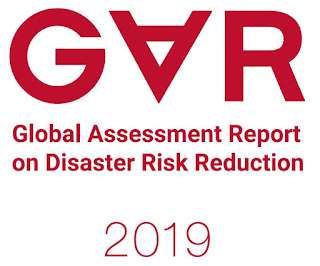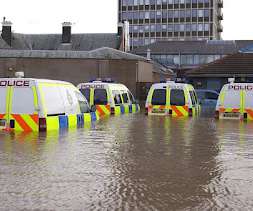The 2019 Global Assessment Report (GAR)
Emergency Planning
MAY 30, 2019
The GAR uses the 'pressure-and-release' model of Wisner et al, (2004) in an adapted form, consisting of: context. It could be argued that political decision making is the greatest barrier of all to successful disaster risk reduction. Unofficial voices have suggested that the 'cure to damage ratio' for natural hazards is 1:43.












Let's personalize your content